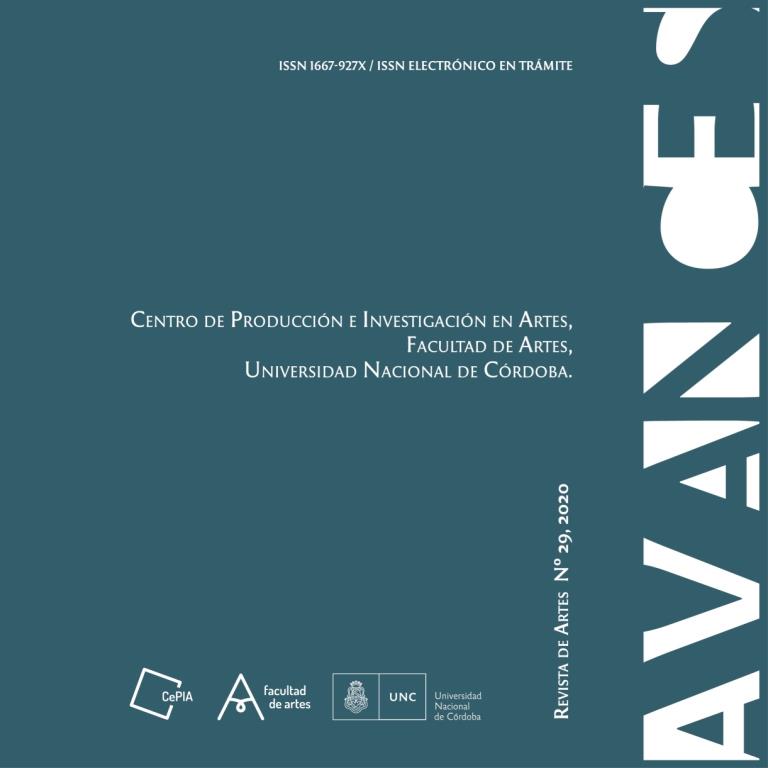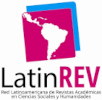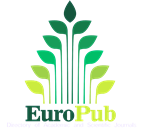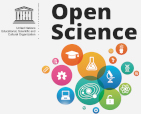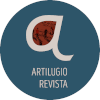(TEXTURAL) TRANSTEXTUALITY AND HETEROPHONY IN JORGE HORST’S MADRIGALE A GESUALDO
Keywords:
“Moro, lasso, al mio duolo”, analysis, textureAbstract
This paper sets a path through some aspects of Jorge Horst’s Madrigale a Gesualdo (1988, rev. 1900) to, in the first place, delve into certain particularities of the transtextual procedures employed which bonds this work with Carlo Gesualdo’s “Moro, lasso, al mio duolo” (1611). In this way, texture stands as a weight variable and, in turn, gives rise to a certain degree of ambiguity in which homology and divergence concur. That is, on the one hand, it can be seen a clear intention of adherence to the texture of the madrigal and, on the other, sections are presented in which textures become sound states in Lachenmann’s terms. Furthermore, in this exploration we approach the unformalized proposal of “textural actions” developed by Horst ‒and one of its main components, Francisco Kröpfl’s theoretical works‒ to account for such ambiguity. Summarily, the text focuses on a textural analysis of Madrigale a Gesualdo in order to indicate the relevance of this variable in Horst’s earlier works, both compositional and theoretical, and, therefore, in the becoming of its poetics.
Downloads
References
Bianconi, L. (2001). Gesualdo, Carlo, Prince of Venosa, Count of Conza. En S. Sadie (ed.), New Grove Dictionary of Music and Musicians. Londres: Macmillan.
Brown, H. M. (1999). Music in the Renaissance. New Jersey: Prentice Hall.
Corrado, O. (1999). Horst, Jorge. En E. Casares Rodicio (dir.), Diccionario de la Música Española e Hispanoamericana, 6 (pp. 341-342). Madrid: Sociedad General de Autores y Editores.
Diez, S. y otros (2002). Jorge Horst. Lírica de la seducción del sonido. La repetición como elemento de valor discursivo. Monografía inédita para la Cátedra de Historia de la música argentina del profesor Carlos Rausa. Buenos Aires: Universidad Católica Argentina.
Fessel, P. (2005). Heterogeneidad y concreción en la simultaneidad musical. Una caracterización teórica e histórica del concepto de textura (Tesis doctoral inédita). Facultad de Filosofía y Letras, Universidad de Buenos Aires, Buenos Aires, Argentina.
Fessel, P. (septiembre de 2007). La doble génesis del concepto de textura musical. Revista electrônica de musicologia, 11, s/d. Recuperado de: http://www.rem.ufpr.br/_REM/REMv11/05/05-fessel-textura.html
Gaviola, N. (2002). Aspekte der Neuen Musik in Argentinien nach 1950 (Tesina inédita). Staatliche Hochschule für Musik, Freiburg im Breisgau, Alemania.
Genette, G. (2001). Umbrales. México: Siglo veintiuno editores.
Jaureguiberry, P. (2019). Transtextualidad, criptografía y elaboración caleidoscópica en Quenouille de Jorge Horst. En P. Jaureguiberry y C. Pedrotti (eds.), Actas de la XXIII Conferencia de la Asociación Argentina de Musicología y XIX Jornadas Argentinas de Musicología del Instituto Nacional de Musicología “Carlos Vega” (pp. 194-205). Buenos Aires: Asociación Argentina de Musicología e Instituto Nacional de Musicología “Carlos Vega”.
Lachenmann, H. (1970). Kangtypen der neuen Musik. Zeitschrift für Musiktheorie, 1 (1), 21-30.
Tsao, M. (2014). Helmut Lachenmann’s “Sound Types”. Perspectives of New Music, 52(1), 217-238.
Downloads
Published
Versions
- 2020-07-02 (2)
- 2020-06-01 (1)

